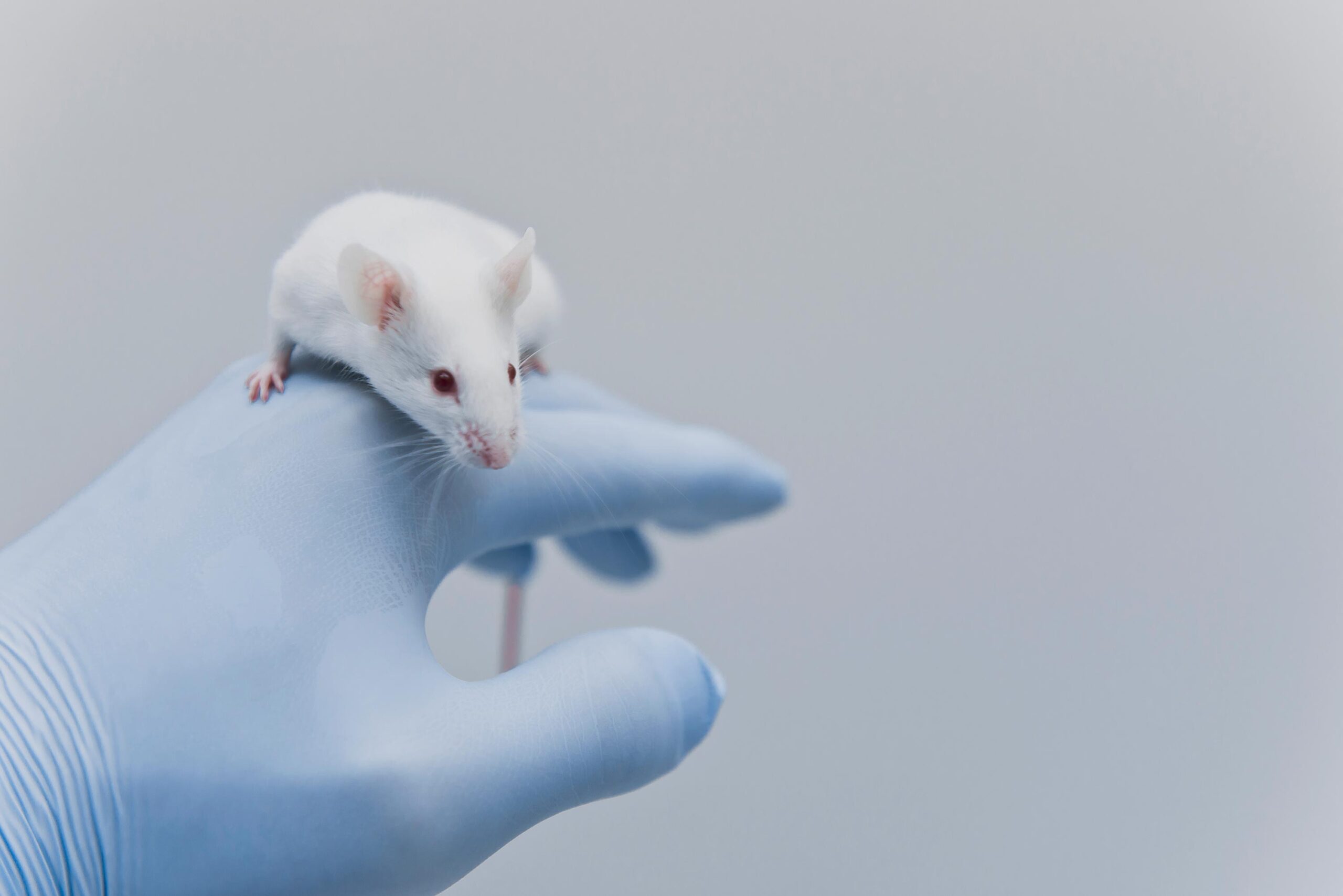
In the News
Aggression in lab mice
This article hasn’t received the attention it deserves: Gaskill, Garner, Winnicker, Pritchett-Corning, 2017, Lab Animal
Aggression in lab mice is a problem for research. In this article, we assess the factors that are known to influence mouse aggression, but also introduce you to a new consideration: the method of identification you apply to your mice.
. . .
Lab mice are social animals and suffer stress if housed alone, but in the common convention of group housing, they often fight. Consequences can range from the cosmetic – a scratch here, a tail bite there, to the concern – constant bullying and more severe fight wounds, to the catastrophic – an animal so abused it needs to be isolated or even euthanized. It happens in many studies using C57BL/6 male mice, which happen to be the most commonly studied strain, and current NIH guidelines tell us to use both sexes in studies.
Many trials have been done, and products designed, to minimize the impact of fighting in research mice. An interesting study in 2017 looked at numerous factors – weaning age, housing density, room temperature, enrichment. They found that none of these factors produced a meaningful reduction in fight wounds. Only one factor was recommended as a practical means to reduce the incidence of fight wounds in their studies.
How big of a concern is it that mice sometimes fight?
C57BL/6 mice are the most commonly used in biomedical research, especially when we consider the vast majority of genetically engineered mouse lines that have arisen from or been bred to this strain. Before going into any research parameters, one factor stands out: the second leading cause of unplanned death (to include euthanasia) in this strain is the aggressive behaviors of male mice. The loss of animals off study to this cause is troubling enough, and the matter is worsened when we consider injurious behavior that falls short of triggering a call for euthanasia must certainly affect the baseline biology of these animals. Access to food and water, immune responses, subclinical wounding and localized infection, and various elements of the stress response all mean the same thing: research studies where aggression occurs, detected or not, may be affected, are less reproducible, and the very outcomes should be considered in light of the collateral affect of aggression on some study members.
What has been tried to reduce fighting?
Many anecdotal fixes have arisen to address this phenomenon. Selection of one particular source, a commercial vendor, over another may be based on an observation of more (or less) aggression in one eventful study. The introduction of cage enrichment is larger held as helpful to reduce cage mate aggression, though studies have found contrary results. The authors review a variety of practices that produce mixed results.
A controlled study to assess causes of fighting.
This particular study (Gaskill, Garner, Winnicker, Pritchett-Corning, 2017, Lab Animal) takes a controlled look at the matter. Genetic components and social impacts through husbandry were monitored in sourcing mice from the major commercial vendors (CRL, Envigo, Taconic, The Jackson Lab). Animals were maintained under barrier conditions and their health reports indicated no viral or bacterial pathogens were present.
Experimental arms looked at different aspects of animal husbandry. Weaning age, Cage density, age environment (enrichment), room temperature, room activity level (cage changes). The authors hypothesized that one or more of these environmental factors would affect the behavior, and thus the aggression scores, in a statistically significant subset of the animals.
Colder rooms helped, but this is not practical.
There were but two of the many parameters that affected the aggression scores. The first was room temperature. When room temperature was reduced from the standard 21°C to 15°C, aggression scores were significantly reduced. Empirical observations show that in colder housing conditions, mice spend more time huddled in the nest, as they desire a warmer temperature zone than even the caretaker-friendly 21°C. They do not lobby for running animal experiments at that temperature, as it would be a significant undertaking, would affect the human counterpart, and would demand new baseline data to replace decades of historical studies.
Method of Identification did make a difference!
The second parameter found to reduce the aggression scores was detected outside of initial hypotheses. Upon review of the data sets, it was found that a number of study groups were identified using a newly obtained piece of equipment. This equipment identified the mice by means of an automated tattoo upon the tail. This method allowed for easier observation of individual animal ID as the tattoo can be read without handling the animal, as is necessary to read ear punches used to identify the rest of the cohorts. Data analysis looking at animal ID as the sole variable did find a significant reduction in aggression score for all groups identified by the tattoo as compared to their otherwise identical study mates.
The need for identifying individual animals on study is a much understood requirement for statistical means and recording of individual behaviors. The method used for such identification is typically chosen by means of convenience or researcher preference with little or no concern for potential biologic impact. There are a number of methods approved by most IACUC, including ear tags, ear punches, tattoos and in certain circumstances toe-clipping. In this particular study, the two methods employed (both IACUC approved) were ear punches and the automated tattoo. The cumulative benefit of the tattoo method was a marked reduction in total aggression score.
A practical recommendation: Labstamp.
The authors left us with a recommendation that animal studies utilizing male C57BL/6 mice would be well advised to use the automated tattoo as the identification method to avoid the potential complications of aggression. This topic deserves greater study to understand what biological process may be involved in all methods of animal identification. In the meantime, choosing an ID method that is reliable and permanent, easily read from a distance, and promises to reduce aggression seems an easy and obligatory choice to make.
As Gaskill, et al concluded: “In terms of practical recommendations to reduce aggressive wounding in the home cage, tail tattooing is recommended over ear notching.”
Author: Eric Arlund, March 2021 – please contact Eric at earlund@somarkinnovations.com if you would like to discuss any of the topics raised in this article.



